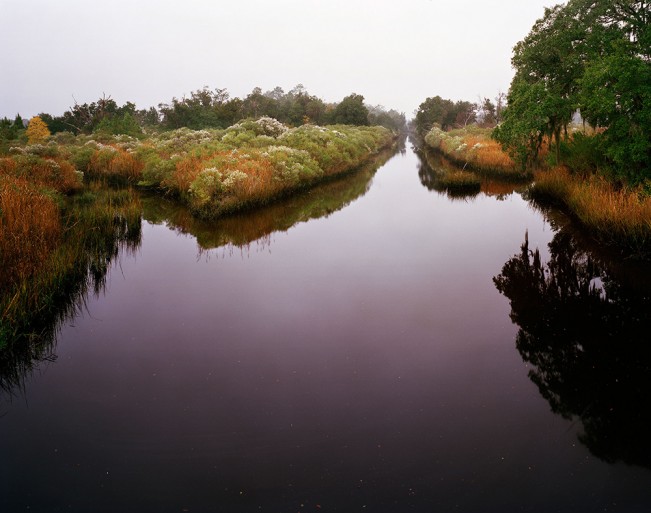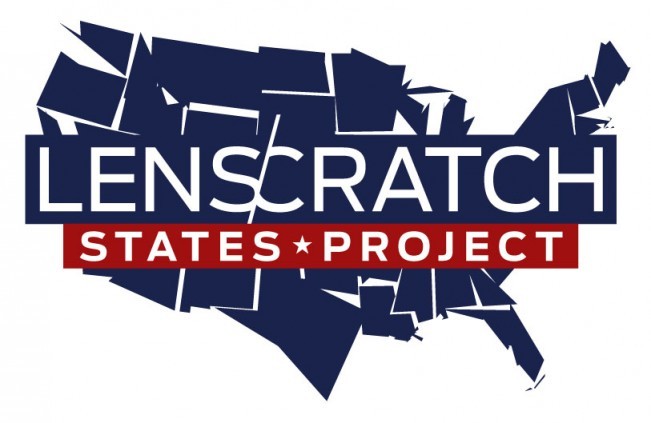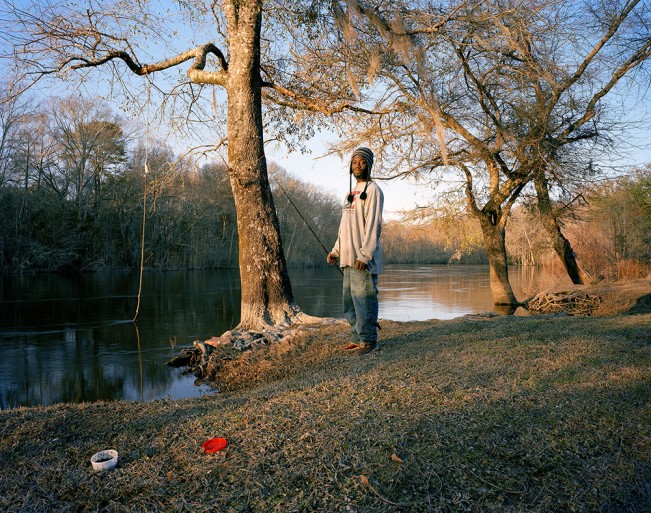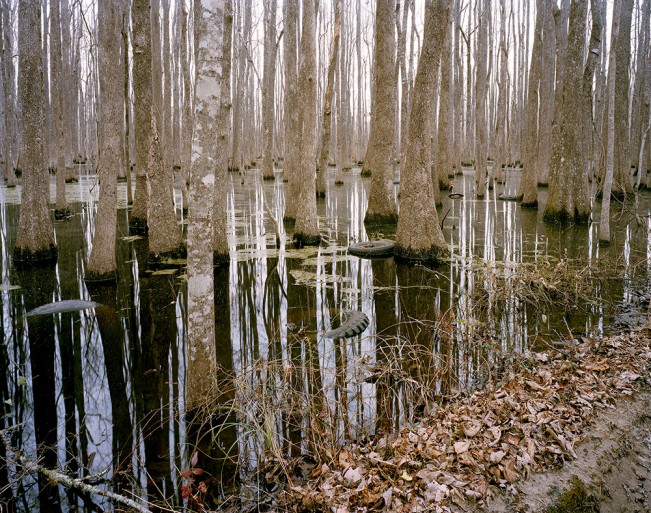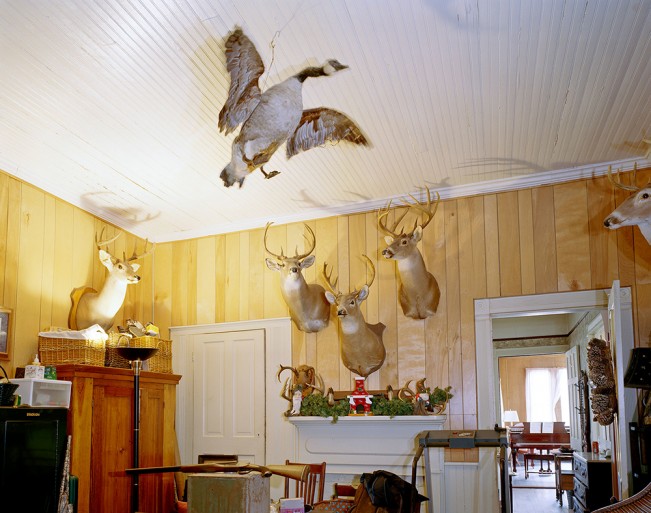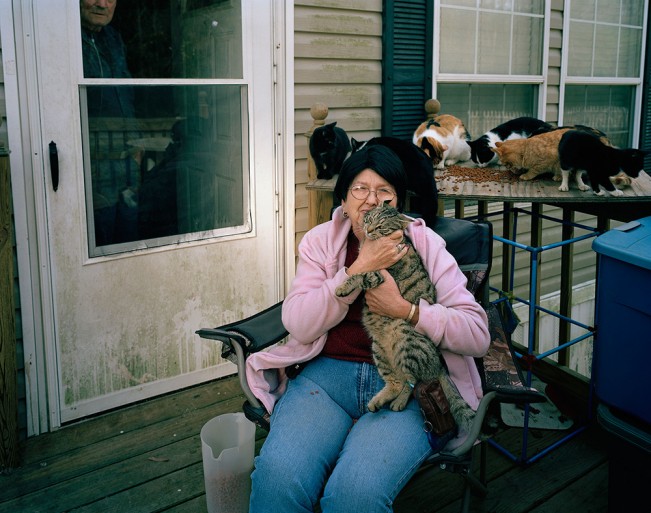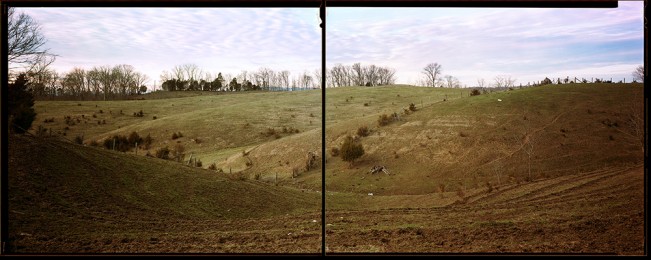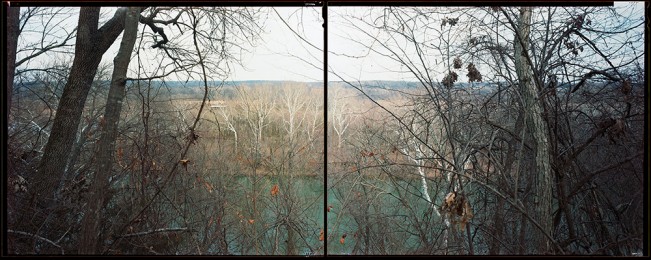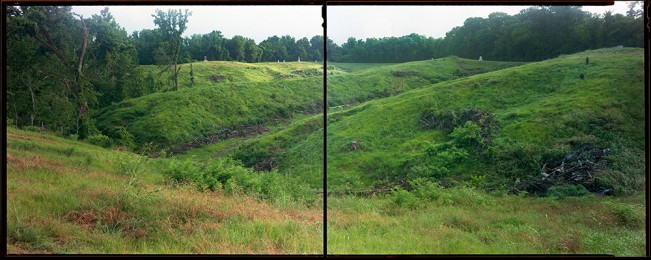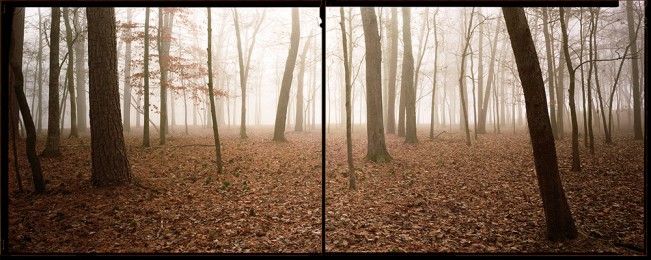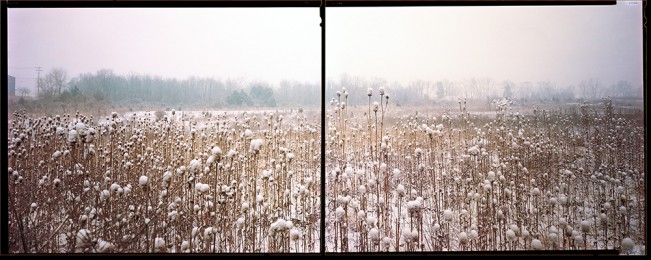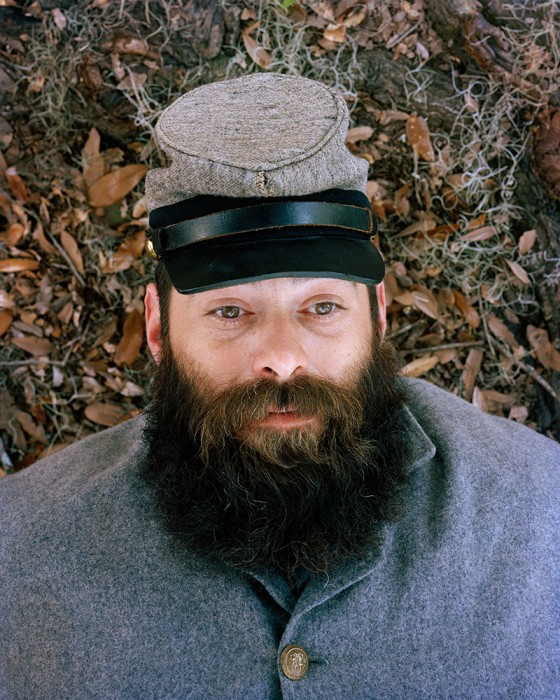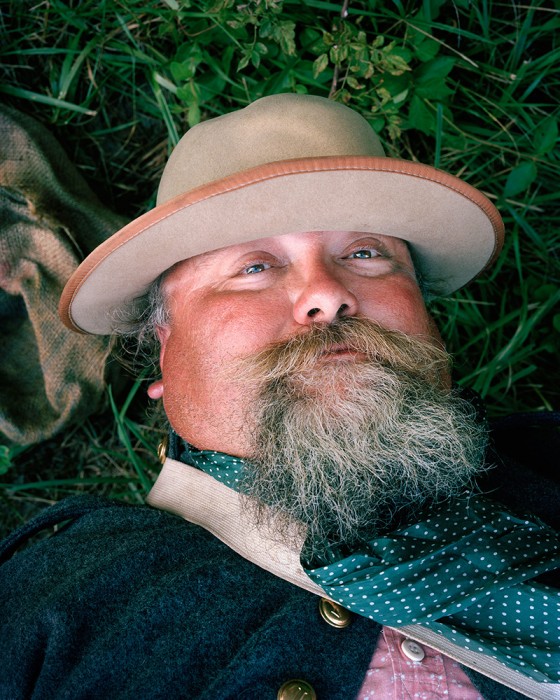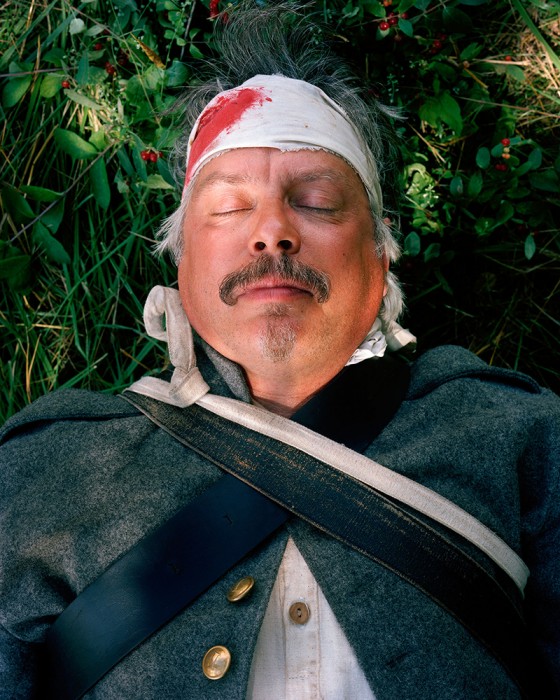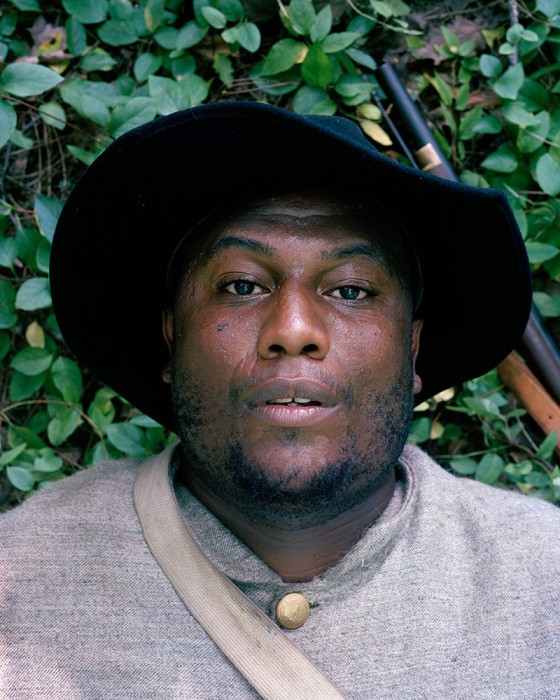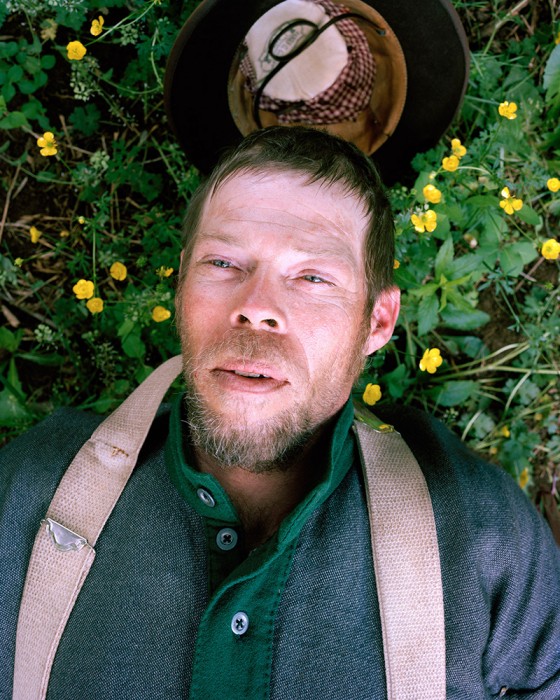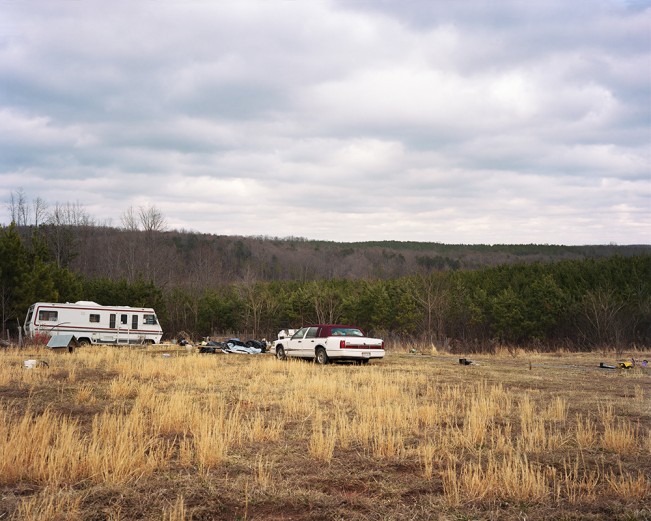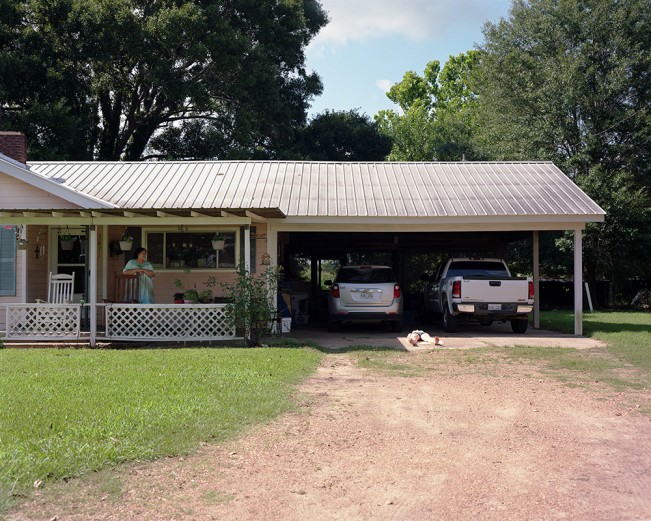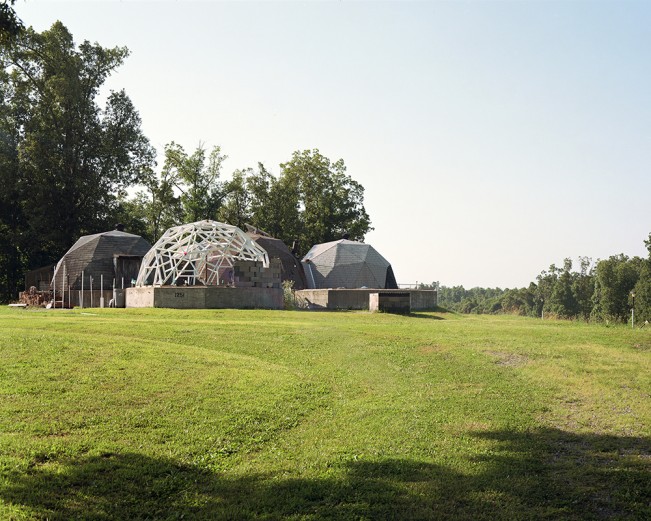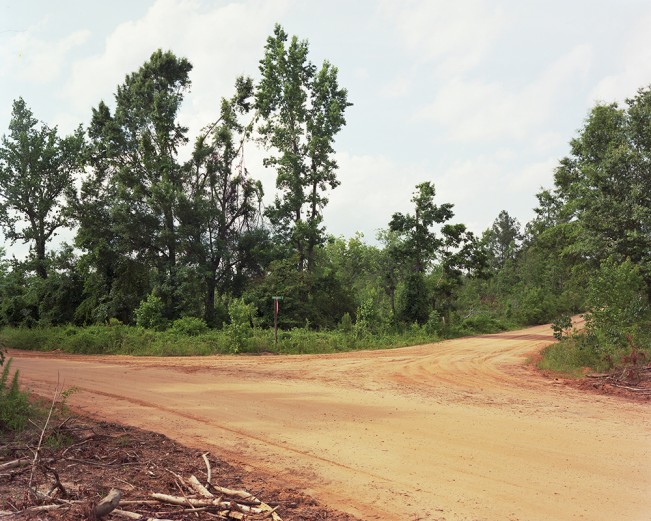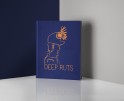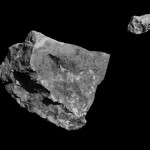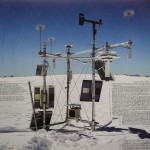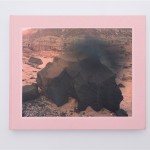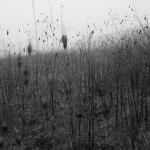Eliot Dudik: States Project: Virginia
The LENSCRATCH States Project continues with the state of Virginia and the wonderful Virginian Guest Editor, photographer Eliot Dudik. Today we celebrate Eliot’s projects that span across not only Virginia but much of the South. A recent resident of Virginia, Eliot is well versed on the back roads of Southern towns, Southern history, and most importantly, Southern land. I asked him about making in worth in Virginia:
“I was living in South Carolina as my work starting shifting toward the Virginia landscape. Recently, I was fortunate to land a job at the College of William & Mary in the eastern part of the state. I live out in the country on a retired plantation, floating somewhere between Richmond and Williamsburg. Virginia has a lot to offer. It has a beautiful coastline, famed rivers that cut through the state, rolling hills, and breathtaking mountains and valleys. Its deep history seeps through the landscape, feeding my favorite avenue for storytelling. Of course, there are scores of phenomenal photographic artists throughout Virginia, and choosing 6 to highlight here for the week was exceedingly difficult. My goal in selection was to share a wide variety of work currently being made in Virginia”.
Eliot is a photographic artist, educator, and bookmaker exploring the connection between culture, landscape, memory, and politics. His first monograph, ROAD ENDS IN WATER, was published in 2010. In 2012, Dudik was named one of PDN’s 30 New and Emerging Photographers to Watch and one of Oxford American Magazine’s 100 New Superstars of Southern Art. He was awarded the PhotoNOLA Review Prize in 2014 for his Broken Land and Still Lives portfolio. Smithsonian Magazine featured his series Broken Land in the July/August 2015 issue. His series Road Ends in Water was selected for the 2015 Duke Archive of Documentary Arts Collection Award. His photographs have been exhibited in cities across the United States.
Eliot taught photography at the University of South Carolina from 2011 to 2014 and is currently building the photography program within the Department of Art and Art History at the College of William & Mary. He is also directing the Andrews Gallery at the college.
Where were you born and can you describe your growing up?
I was born in Baltimore, Maryland, but pretty soon there after we moved to central Pennsylvania where my parents started a sheep farm. As far back as I can remember I helped work the farm and gardens. I was outside nearly 100% of the time. The work was grueling, but I only look back on it with fond memories. I hope to have a small piece of land someday with a big garden and small variety of animals.
What brought you to photography?
I lived a really wonderful, but very sheltered life on the farm. I think the world kind of blew my mind as I started to move away from it. It began with a trip to Wyoming with my Grandmother when I was about 16. We camped on a huge nature reservation for the first week and toured around Yellowstone the second week. I borrowed my mother’s point-and-shoot 35mm camera for the trip and brought about 20 rolls of film. Of course, I bought more once I was there. I think that was where I became hooked. Shortly after, and about the time I moved away from the farm, I bought my own camera. I began documenting everything my new friends and I did. I owe a lot to them for their patience as I learned how to frame experiences with a camera.
You recently were hired to develop a photo program at the College of William and Mary in Virginia and as a kick off for that department, you created a seminal exhibition of work by over 100 contemporary photographers. You personally printed and mounted the work and then burned all the photographs at the end of the exhibition. Can you share the experience of this exhibition, including the generosity of our fellow photographers and the reaction of the William and Mary community, most who probably haven’t seen such a variety of photographic expression?
This was such an enriching experience for me and the William & Mary community. People continue to write me about it or bring it up when I meet them somewhere. We owe its success to the 110 artists, whose generosity, creativity, and unreserved commitment to the growth of the photographic community, made it possible. There were many factors at play and people involved, but none of it would have been possible without the foresight, energy, and poise of our department’s current Chair, sculptor Elizabeth Mead. She is just as passionate about historic and contemporary photography as I am, and I feel very lucky to work under her guidance.
The exhibition was designed to introduce and excite our community through a wide variety of contemporary photographic practices, hence the number of artists involved. We shared prints, handmade books, video art, collage, assemblage, sculptural works, and installation pieces. The receptions corresponded with William & Mary’s homecoming weekend, and the exhibition was only on view for two weeks beyond that. It was very well received. The receptions were packed with loads of interested parties, coming up to one of the artists in attendance or myself, asking questions about the work in the show. For the two weeks after the receptions, I watched as students and the general public passed through the space, captivated by the artwork and took the time to study every piece. At the end of the exhibition, Halloween 2014, I took all the prints down, drove them back to my house, and burned them all, one by one, in a bonfire. This act continues to puzzle many folks, but was necessary and was part of the initial agreement with the exhibiting artists because they graciously supplied their protected high-resolution digital files so I could make the exhibition prints myself. The resulting prints, not being part of the artists’ particular limited editions, had to be destroyed. I had decided to make the prints myself because I didn’t want this exhibition, which was conceived to benefit the William & Mary community, to cost the artists anything, considering the expense it takes to be an artist and the favors that are continually being asked of them.
Fortunately, we created a catalog of the exhibition, with the design layout by one of the exhibiting artists, Nicole Killian, to help remember the exhibition as it was. I also completed a video with some documentation of the exhibition and the print burning ceremony afterward. The video was really intended for the artists so they could each see their print being destroyed, but I hope it’s enjoyable for others to view as well.
So much of your work speaks to the landscape, especially Southern landscape. Is your focus more about where you happen to live or are you drawn to the legacy of The South—its flora and fauna, its literature and significant history?
I am certainly drawn to the Southern landscape and all it harbors, however, I am interested in the landscape in general and how we culturally and historically engage with it. The South was the first place that felt like home to me when I moved away from my family. The people have been abundantly welcoming and kind, and the landscape always gracious. I have been traveling a lot over the past several years for Broken Land and another project not yet on my website called Paradise Road. I’ve seen a lot of the American landscape, every state, most pretty extensively, except Hawaii. I am currently enjoying this interview as I sit in a rustic log chair on the front porch of a cabin on the edge of the South Dakota Badlands while savoring a coveted beer I brought with me from Vermont. I have definitely been feeling like I’m searching for something, many things really, which is where the Paradise Road series sprung from. As I was discussing with a friend recently, I’m afraid I’m not all that discerning when it comes to certain things. The landscape is one of them. I tend to fall in love with nearly every place I’ve ever been. I am happy in Virginia. It is a great, strong state with a very diverse landscape, culture, and intriguing history. It will be interesting to see how things pan out.
Your projects often require a lot of effort, tenacity, and solitude—traversing the country with a large format camera, hiking mountains at dusk, standing in snow or places dripping with humidity to get the shot. You must be drawn to that sense of isolation, that desire to be on the road and making work with a connection to photographic history. Can you speak to this? Are you having a mental and visual conversation with photographers and writers who have come before?
Although a lot of what I do is in isolation, I would prefer to share these experiences with someone else. I’m a romantic. I like to be around people. The work I’ve been doing lately has been pretty intense, covering a lot of ground and making a lot of photographs in a short period of time. It’s a lot of hard work, more so than it may seem. Finding a like-minded traveling partner is no easy task, but one can dream. I am planning to knock back the intensity on future trips, allowing more space for the serendipity.
I always have the iconic road-trip photographers in the back of my mind, going back to the American West expedition photographers. Although, I often feel like I’m cheating with my maps, GPS, weather reports, Yelp, and 4-wheel drive. Driving is my favorite time to think. I delight in peeling things apart to see what lies underneath, and moving through a seemingly infinite expanse of landscape is very conducive to this practice. I think road trips are my Yoga; they exercise my mind and spirit.
I am wowed by the level of excellence that you bring to all the things that surround your photography—not only do you build your own frames, but the framing itself is unique and beautifully crafted; the hand made portfolio box that you brought to Photo NOLA was worth the prize, and I often comment that your leave-behind at Photo NOLA set the bar for the rest of us. How have you seemingly acquired the skills to do it all?
Very kind of you to say, Aline. I don’t think I have a filter for what is possible and what is not. I get things in my head that I want to do, and I find a way to make them happen. I don’t do it alone though; many artists have helped along the way with advice and expertise. I spend a lot of time thinking, researching, planning, and then I just jump in and see what happens. I don’t find the skills themselves all that difficult; it’s the planning and patience needed to see them through that takes the most discipline.
Do you care to share anything about the new project you are working on?
I’ve been working on a project I’m calling Paradise Road in between sites for Broken Land. It’s pretty simple; I mapped out all the roads in the United States called Paradise Road, and I travel to them to see what paradise looks like in the 21st century. This project came out of a realization that I, and many folks around me, seemed to constantly be searching for something, always working to get somewhere. For me, it seemed I was working through a transitional point in my life, I had recently commenced the third decade of my life, moving from graduate school into a very competitive career, trying to maintain and grow relationships, thinking about things like where I will live, where I will work, will I have kids, a wife, a piece of property? It all seemed a little overwhelming, and I was curious how other people determined their paradise. And so the project began.
When I started, I thought it was going to be a long-term endeavor, taking anywhere from 10 years to a lifetime to complete. Surprisingly, I’ve covered most of the country, and I’m almost finished with it after only a little over a year on the search. Because I’ve been mostly concentrating on the Broken Land series, the Paradise Road 8×10 negatives have just been stacking up next to my scanner. I now have 80 or more negatives for the project that I haven’t seen yet; this trip will add an additional 40 or so. I hope to start digging into the post-production throughout the upcoming fall and should be getting the beginnings of the series on my website shortly thereafter.
I’ve included a few rough scans of the first photographs I made for this project here.
Without limits, where or what do you dream of photographing someday? Is there anything you don’t want to photograph?
I always have difficulty with questions like these. The possibilities are just tremendous.
I am currently still enthralled with exploring American cultures and landscape. I’m not sure I will ever bore of it. But if I were to go somewhere else, I’d like to survey Ireland. I’d like to spend some time in Mexico too. There are so many places I’d like to visit, every place really.
And since you said I could choose without limits, under those circumstances, I would chose to go to Mars and photograph there. To go there, tackle a new set of problems, and explore such a strange and foreign landscape seems unparalleled. Out of this world.
I don’t think there is anything I vehemently don’t want to photography, but most things I chose not to photograph.
And finally, what would be your perfect day?
Saint-Castin
Moonrise Anchorage. A tiny house amid the harbor, sailboats, distant hills with tree covered tops and rocky bases that greet the water.
Honeysuckle.
Treasure hunt. Starfish. Portraits. Sunshine.
A walk to the lighthouse. Picnic in tall grass, among bees and slugs.
A dip in the crisp bay to reset.
Portraits. Elm admiration. Music. A couple local beers.
Moving walls, exploring the unknown.
Rest. Shadowed moonrise.
Slip through the night on kayaks, encompassing underground islands, waters firing. Fireworks.
Silence.
Whiskey.
Exchange of consciousness through dawn.
Whiskey.
Sleep, dreams. Morning.
Rain, walk, coffee.
Portraits.
Dance about the kitchen, one last meal.
Silence. Storm.
Stargazing.
Posts on Lenscratch may not be reproduced without the permission of the Lenscratch staff and the photographer.
Recommended
-
Earth Week: Richard Lloyd Lewis: Abiogenesis, My Home, Our HomeApril 23rd, 2024
-
Earth Week: Ian van Coller: Naturalists of the Long NowApril 22nd, 2024
-
ALEXIS MARTINO: The Collapsing Panorama April 4th, 2024
-
The International Women in Photo Association Awards: Lorraine Turci: The Resilience of the CrowMarch 16th, 2024
-
Julie Rae Powers: Deep RutsMarch 2nd, 2024

